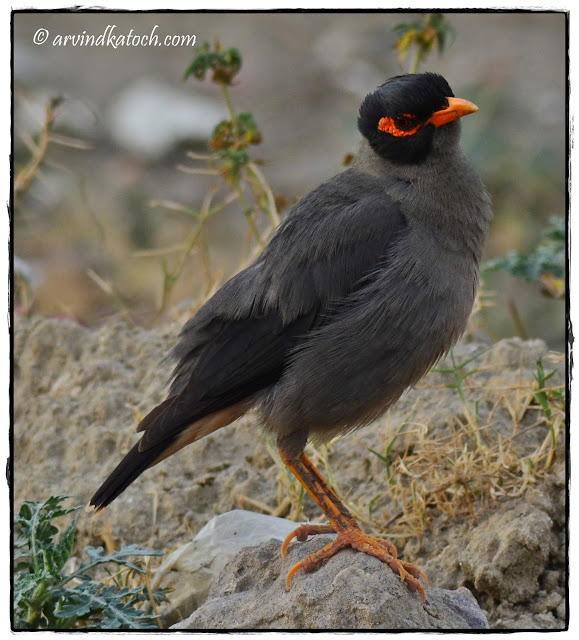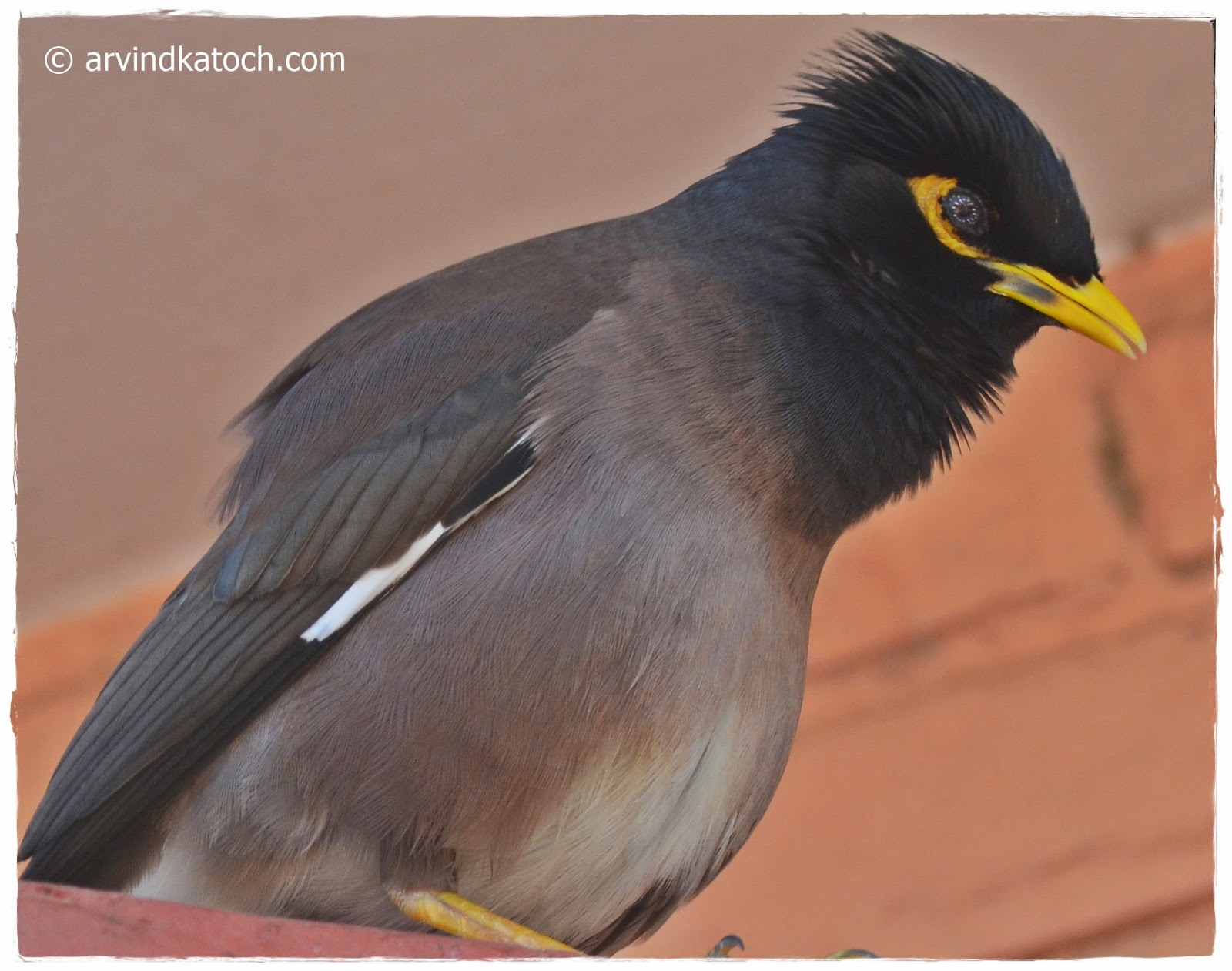Jungle Myna Pictures and Detail (Acridotheres fuscus)

Jungle Myna Jungle Myna Pictures and Detail- Around us, we can find many birds, and even among common birds, we can find many varieties. The same is true for Myna birds. Earlier, I shared with you Pied Myna , Common Myna , Bank Myna , and Brahminy Mayna . Now it is time for Jungle Myna. From the name of Jungle Myna, we can conclude that this Myna is found in the Jungle alone; however, it is not true. This Myna is commonly found in the jungle, however, we can find it in good numbers around civilization. Jungle Myna cooling itself in water Pot I got a chance to do them all this photoshop of Jungle Myna from my village and city homes. Jungle Myna can be seen with common myna looking for food. In a big group, we can find both common myna and Jungle myna. Though Jungle Myna is not as common as the common myna and we don't find them very often. However, with some patience, we can easily find some of Jungle Myna around us. ------- Support this ...


